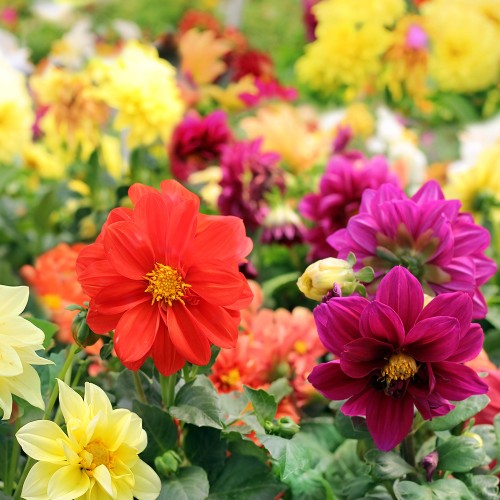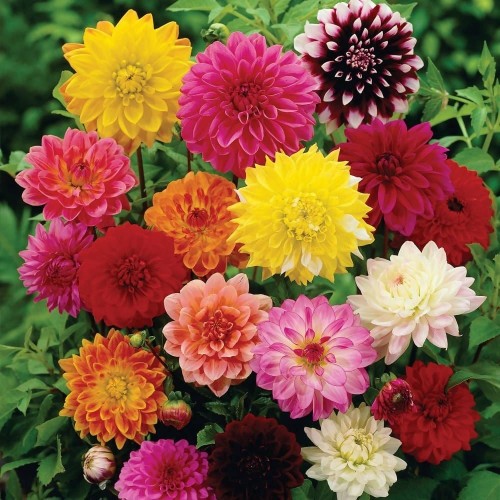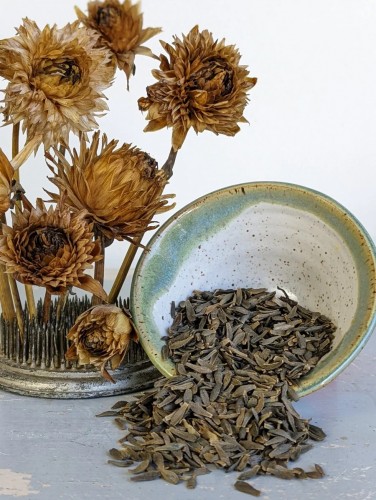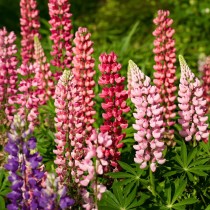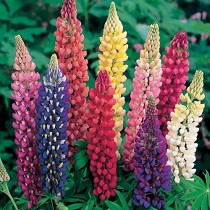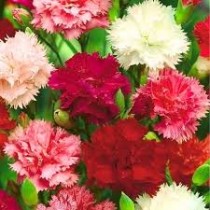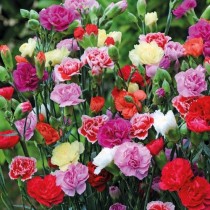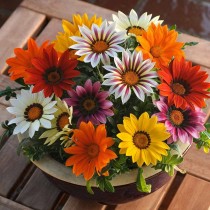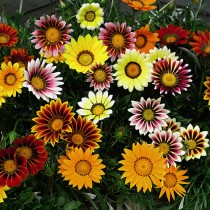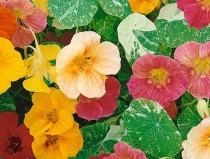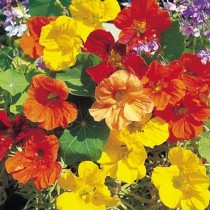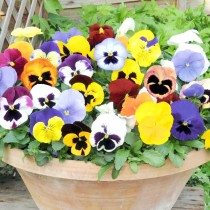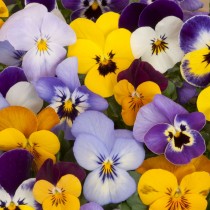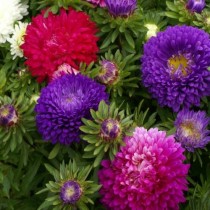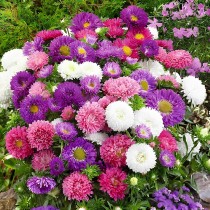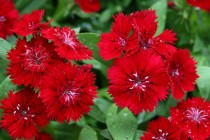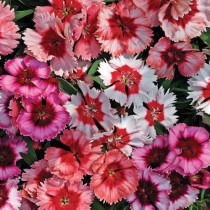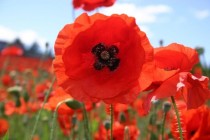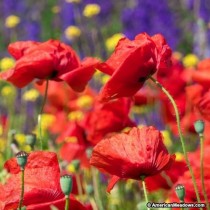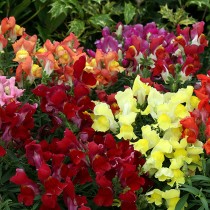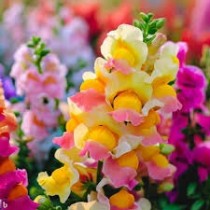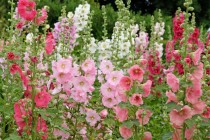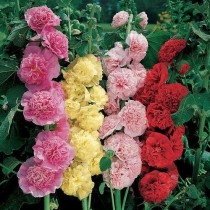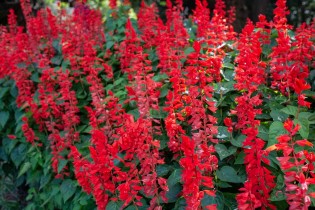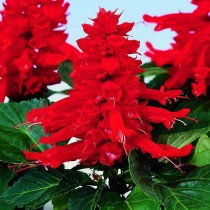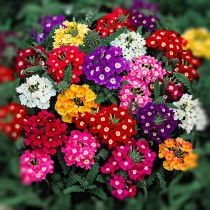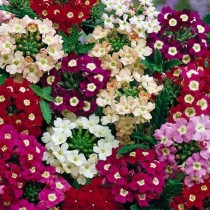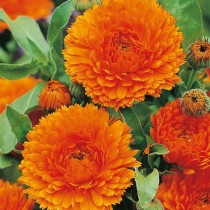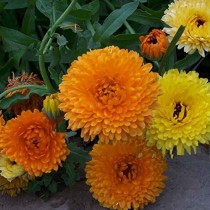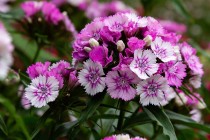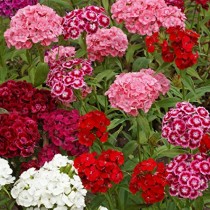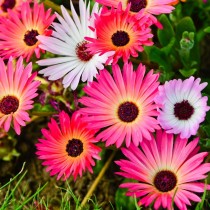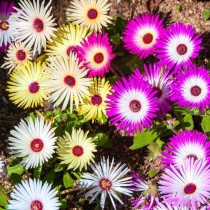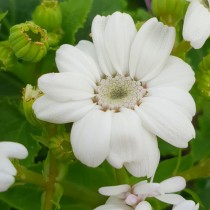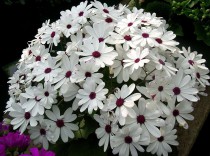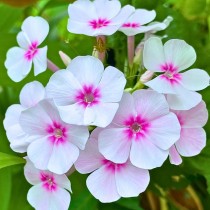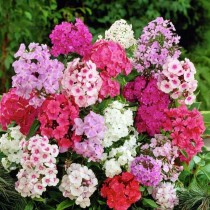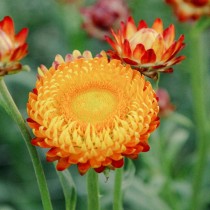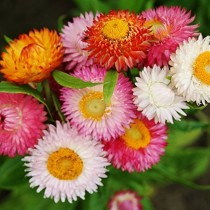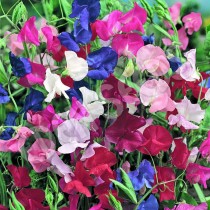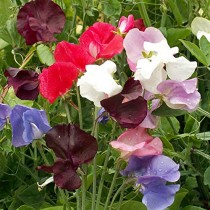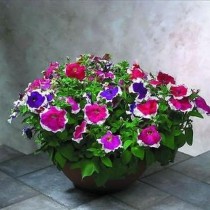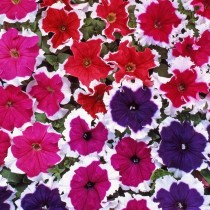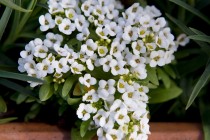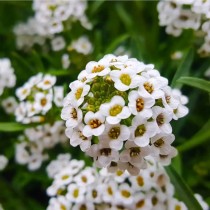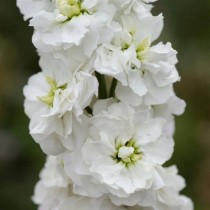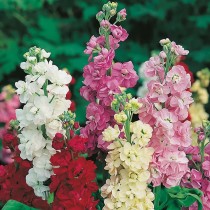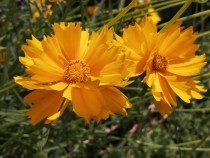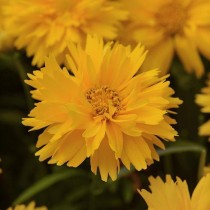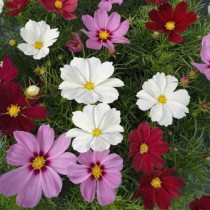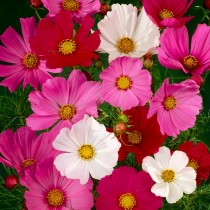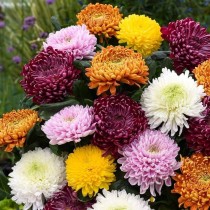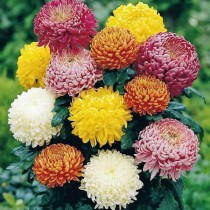60%
off
off
Alkarty — Dahlia Flower Seeds
Alkarty product note
Alkarty offers dahlia flower seed packets (usually 20–30 seeds per pack), suitable for growers who enjoy experimenting with varieties and starting from seed. If you have a specific Alkarty pack code or packet instructions, follow those local notes alongside the guidance below.
1. Seed vs tuber — quick explanation
- Tubers give you a clone of the parent variety (predictable flower form and size) and are the most common way hobbyists grow show-quality dahlias. :
- Seeds are great for bedding or trial plants and for hybridizing — plants grown from seed may differ from the parent and often form small tubers in the first season. Seed-grown dahlias can still flower the first year but are less uniform. :
2. How to grow dahlias from Alkarty seeds (step-by-step)
Start seeds indoors (recommended)
- Timing: Sow seeds indoors about 4–8 weeks before you plan to transplant outside (adjust to your local frost date). Floret and other specialists recommend starting seeds early and being patient—dahlia seeds can germinate unpredictably.
- Medium & trays: Use a fine, moist seed-starting mix in flats or small pots. Sow seeds on the surface or barely cover (many dahlias prefer light for germination). Keep medium evenly moist but not waterlogged.
- Temperature & germination: Maintain warm (around 18–22 °C / 65–72 °F) conditions — germination commonly appears within 7–21 days but can be sporadic. :
- Potting on: When seedlings have true leaves, pot into larger pots (dahlias develop long roots). Harden off 7–14 days before planting out after all risk of frost. :
- Medium & trays: Use a fine, moist seed-starting mix in flats or small pots. Sow seeds on the surface or barely cover (many dahlias prefer light for germination). Keep medium evenly moist but not waterlogged.
Planting out & timing
- Planting time: Transplant when soil has warmed and frosts are past — similar timing to planting tomatoes. RHS and Dahlia Society guidance recommend planting tubers/seedlings after the last frost for best results. :
- Spacing: Space small/bedding types ~30 cm (12") apart; larger varieties need 45–90 cm (18–36") depending on cultivar and support needs.
- Support: Tall and large-flowered dahlias should be staked early (install canes/netting at planting).
- Spacing: Space small/bedding types ~30 cm (12") apart; larger varieties need 45–90 cm (18–36") depending on cultivar and support needs.
3. Soil, light & watering
| Aspect | Recommendation |
|---|---|
| Light | Full sun (at least 6–8 hours daily) produces the best flowering. Provide some shelter from strong winds for tall varieties. : |
| Soil | Free-draining, fertile soil with organic matter; ideal pH ~6.0–7.0. Improve heavy soils with grit and compost. : |
| Watering | Keep young plants evenly moist. Once established, water deeply 1–3× weekly (depending on heat and soil). Mulch to conserve moisture; avoid waterlogging. :> |
4. Feeding, staking, deadheading & pruning
- Fertiliser: Use a low-nitrogen, higher phosphorus/potassium feed once growth is established (avoid excesive nitrogen which gives foliage at the expense of blooms). Slow-release or fortnightly liquid feeds work well. :
- Staking: Stake early for tall varieties and tie stems as they grow. This prevents wind rock and broken stems.
- Deadheading: Remove spent blooms frequently to encourage new flower production and extend the season. Regular deadheading also channels energy into tuber development before frost.
- Pinching (optional): Pinch out the growing tip on young plants to promote bushier plants with more flowering stems (commonly used for bedding types). :
- Staking: Stake early for tall varieties and tie stems as they grow. This prevents wind rock and broken stems.
5. Pests, diseases & overwintering
- Pests: Watch for aphids, slugs, earwigs and spider mites; monitor early and treat organically or with targeted controls as needed. :{
- Diseases: Good airflow and avoiding wet foliage reduce fungal disease risk. Rotate planting sites if possible.
- Overwintering tubers: If you grow tuberous dahlias, lift and store tubers in frost-free, cool, dry conditions in colder climates; seed-grown plants usually produce small tubers that can be stored or replanted depending on size. :
- Diseases: Good airflow and avoiding wet foliage reduce fungal disease risk. Rotate planting sites if possible.
6. Benefits & advantages of growing dahlias from Alkarty seeds
- Cost-effective & curious: Seeds are inexpensive and let you try many plants for a small outlay — great for bedding and experimentation.
- Genetic variety: Seed-grown plants offer surprising and unique flowers — perfect if you enjoy novelty and breeding potential.
- Good for cut flowers: Many dahlias give long stems and a huge range of bloom types, excellent for arrangements and markets. :
- Educational: Growing from seed teaches propagation and hybrid selection — a rewarding project for growers and students. :
- Genetic variety: Seed-grown plants offer surprising and unique flowers — perfect if you enjoy novelty and breeding potential.
7. Troubleshooting — quick tips
- Seeds not germinating: Check temperature, keep medium moist, and avoid burying seeds too deep—try fresh seed if germination remains poor. Leggy seedlings: Provide more light and slightly cooler temperatures after emergence to produce stocky plants. :
- Few flowers: Ensure full sun, reduce excess nitrogen feeding, deadhead, and stake as needed.
